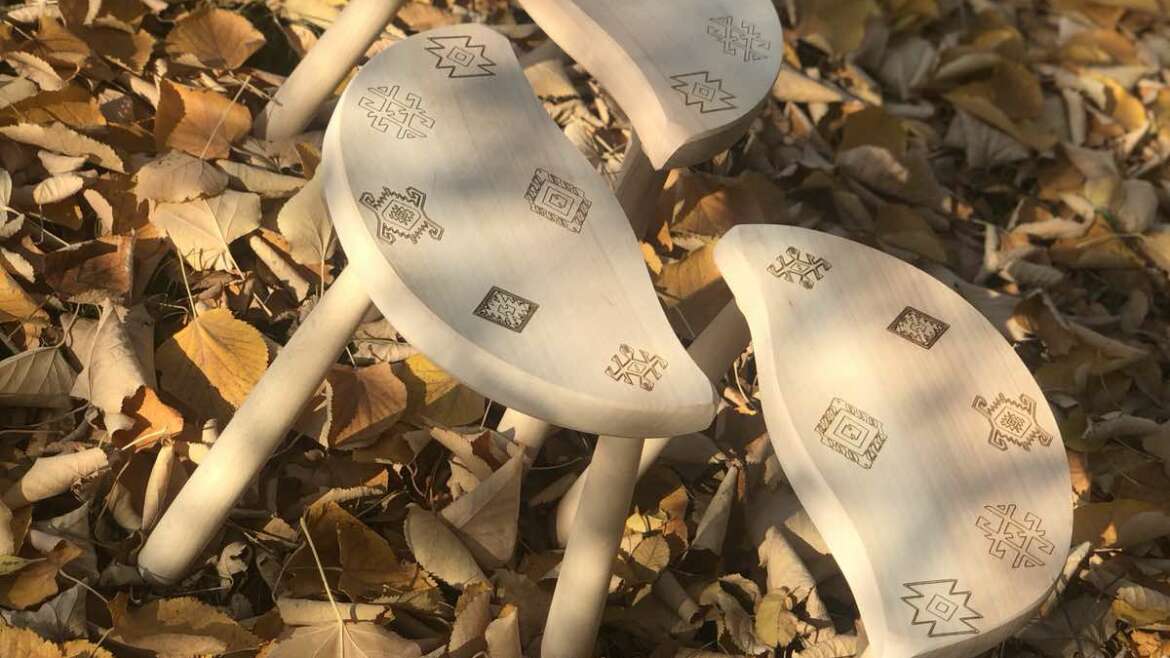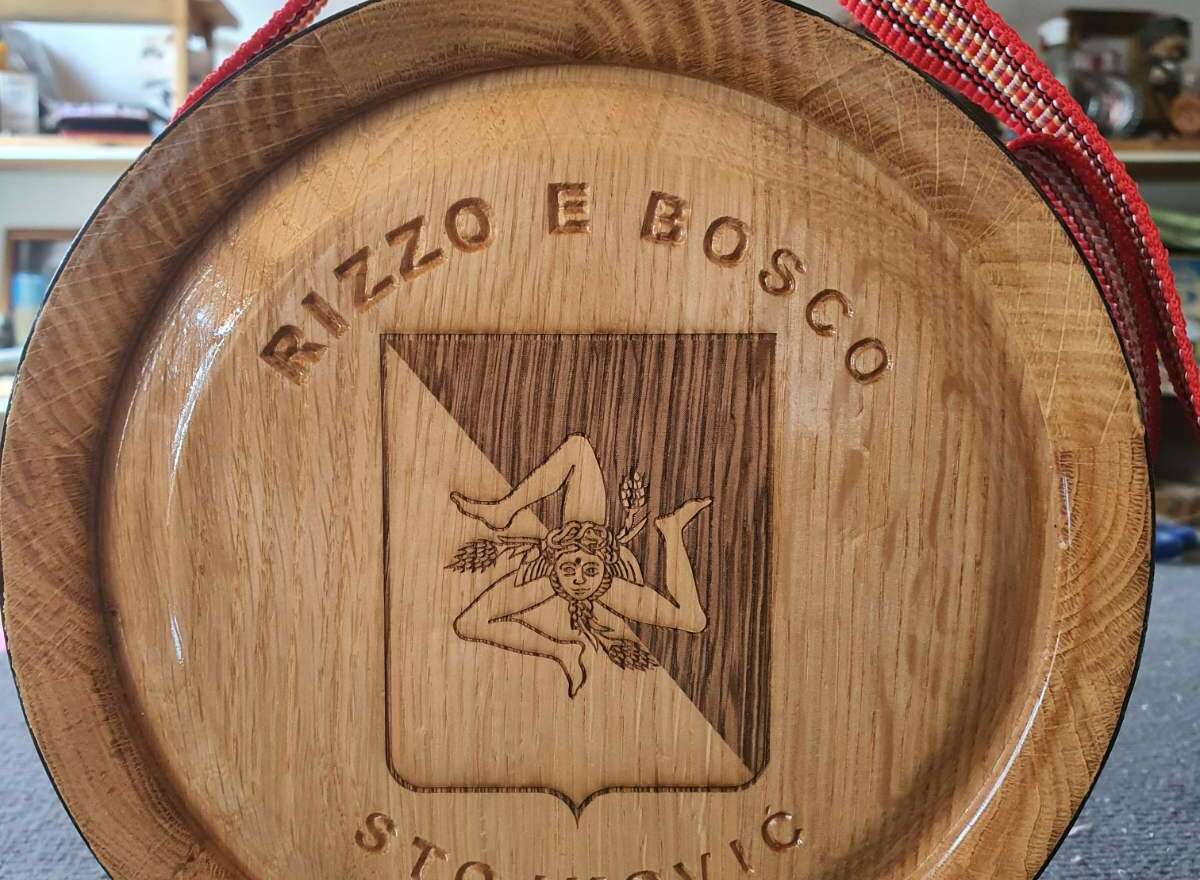The three-legged stool or ,,tronozac”, known for its simplicity and practicality, has a long history dating back thousands of years. Its origins go back to prehistoric times, when people first realized the need for a portable and stable place to sit. The earliest three-legged stools were made of roughly processed wood and were used for their stability on uneven ground—three legs provide a stable base even when the surface is not completely level.
In ancient Egypt, Greece, and Rome, the three-legged stool was an important piece of furniture, often used in households as well as ceremonial spaces. These stools were made from various materials, including wood, bronze, and iron, and could be either simple or adorned with rich details.
During the Middle Ages, three-legged stools maintained their functional role in daily life, especially among peasants and travelers. Their construction allowed for easy production and portability, which was crucial given the living conditions of that time.
Today, tronozac has evolved and found its place in modern interior design, whether as a rustic piece of furniture or as a minimalist addition. Three-legged stools are still appreciated for their simplicity, functionality, and distinctive appearance, reflecting the rich history of human creativity and the need for practicality.




